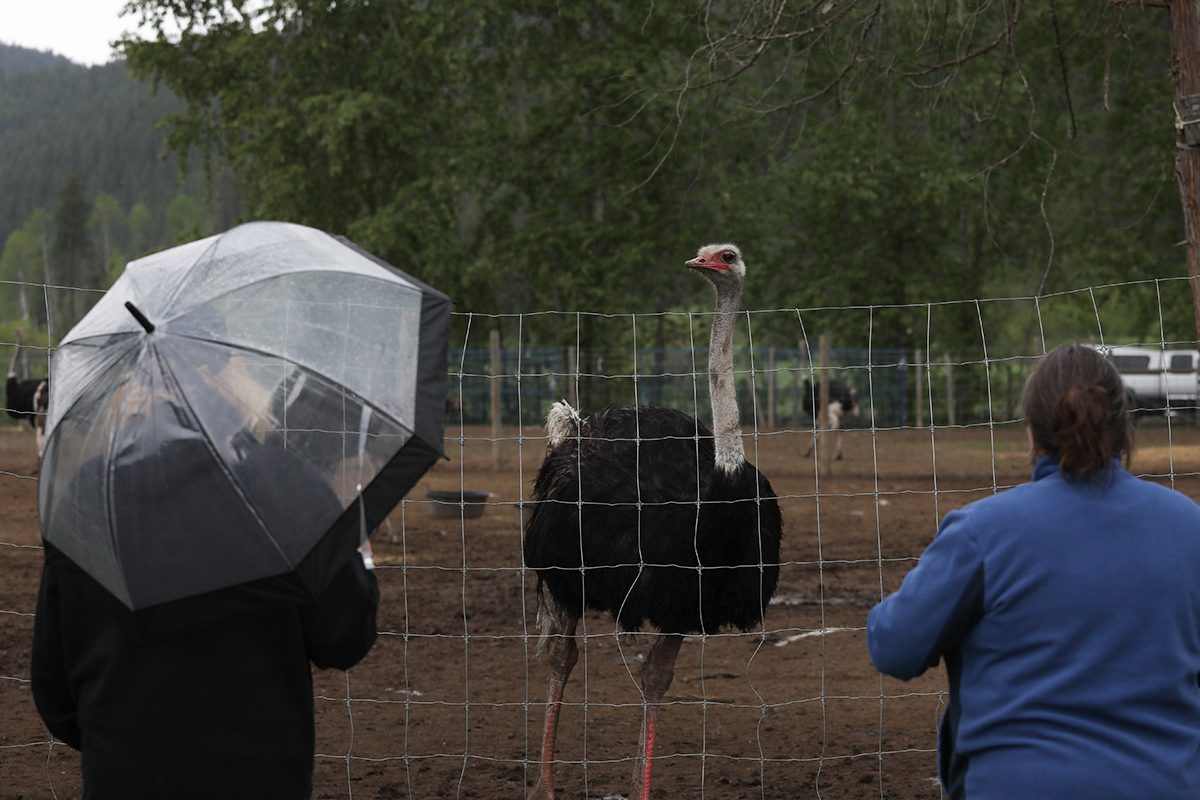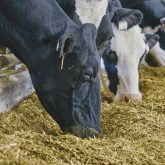While U.S. policy changes may reduce demand for Canadian canola and biofuel exports, but a Farm Credit Canada economist says other renewable fuel opportunities could spur growth.
Continued wrangling on biofuel policy
U.S. industry groups continue to spar with the Trump administration over a proposal to slash incentives for biofuel imports. The Environmental Protection Agency (EPA) proposal, which could be finalized before the end of the year, would allocate half as many renewable fuel credits to imported biofuels and biofuel feedstocks as to domestic ones.
Read Also

B.C. ostrich owner condemns violence near embattled farm
One of the owners of Universal Ostrich near Edgewood, B.C. condemned the alleged assault and arson against one of the farm’s neighbours said to have been committed by a protestor. The farm is in a legal battle with federal authorities over a cull order of the farm’s ostriches, which contracted avian influenza.
Effectively, U.S. biofuel plants using Canadian canola would earn 12 cents less per pound from fuel credits than if they used U.S. soybean oil, wrote FCC senior economist Justin Shepherd in an Aug. 13 report.
The American Petroleum Institute said in a letter to the EPA that the country lacks enough feedstock to meet federal quotas without imports.
“As proposed it is unworkable and would have significant harmful effects on the overall (Renewable Fuel Standard) program and could place upward pressure on fuel costs,” the institute said.
The institute also challenged the legality of the proposal.
U.S. producers, specifically soybean farmers, hailed the proposed shift as a victory, arguing the Renewable Fuel Standard was always intended to boost domestic production and that countries like China were flooding the market with cheap supply.
Canadian impacts
“Canada exports more vegetable oil – mainly canola – to the U.S. for biofuel production than it uses domestically,” Shepherd wrote.
Canada used a bit more than 1 million tonnes of vegetable oil for domestic biodiesel and renewable diesel, but exported 2.8 million tonnes to the U.S, he said.
The U.S. tax credit for biofuels has also shifted from being granted at the point of blending to a producer-based model. This changed excludes imported Canadian biodiesel and renewable diesel.
“This adjustment may reduce opportunities for Canadian exports of these biofuels, leading domestically produced biodiesel and renewable diesel to seek alternative markets,” Shepherd said.
Canadian biodiesel and renewable diesel output ramped up in 2024 as two new facilities came online, however the FCC report shows production dropped off as the new year began. It attributes this to uncertainty around the U.S. blender tax credit.
The EPA also announced higher-than-expected blending targets for 2026 and 2027, which boosted North American oilseed markets.
Hopeful signs?
“These considerations indicate that biodiesel and renewable diesel produced in Canada may face demand constraints,” wrote Shepherd.
However, the USDA projects that more than half of U.S.-produced soybean oil will be used for biofuels. This could send domestic and international buyers to Canadian vegetable oil as an alternative. Since canola oil is closely linked in price to soybean oil, it could see some market support.
Canadian oilseed producers could also see some opportunity down the line in sustainable aviation fuel (SAF) production. Sustainable aviation fuel production is produced via similar methods to renewable diesel and also typically uses vegetable oils as feedstocks.
“Canada does not have operational plants, though future development is anticipated,” Shepherd said.
—With files from Reuters
















